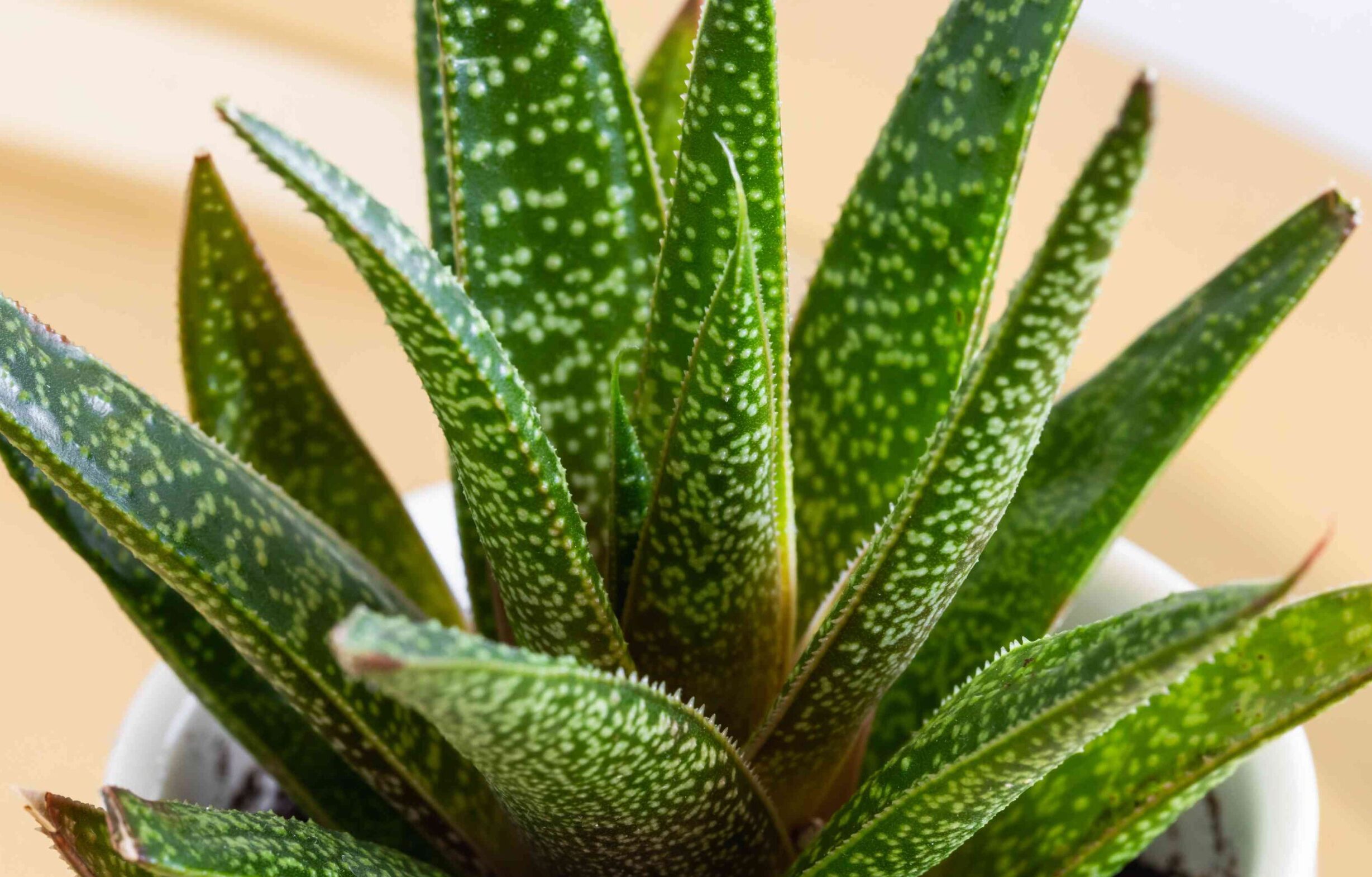Succulent Care Tips – Succulents are popular for their low-maintenance care, unique aesthetic appeal, and resilience. But, contrary to popular belief, they require a bit more than just a splash of water once in a while. Understanding succulent care tips can mean the difference between a thriving collection and one that withers away.
In this guide, we’ll cover the essentials of succulent care, ensuring even beginners can enjoy these fascinating plants in full health.
Table of Contents
ToggleWhy Succulents Make Great Houseplants
Succulents are more than just visually appealing; they’re among the most resilient plants available. Originally from dry, arid regions, succulents have adapted to store water in their leaves, stems, and roots. This makes them ideal for people who might forget to water regularly or those living in hot climates. Additionally, succulents come in a wide range of shapes, colors, and sizes, making them a versatile choice for home decor.
Key benefits of succulents:
- Low maintenance
- Great for indoor and outdoor spaces
- Wide variety of species
- Improve indoor air quality
Choosing the Right Succulent for Your Space
Not all succulents are the same. Some species thrive in direct sunlight, while others prefer the cooler, shaded areas. Selecting the right succulent for your environment is a crucial first step in succulent care.
Common Types of Succulents
Here’s a brief overview of popular succulent types and their light preferences:
| Succulent Type | Ideal Light Conditions | Watering Needs |
|---|---|---|
| Aloe Vera | Indirect sunlight | Low |
| Jade Plant | Bright, indirect light | Moderate |
| Echeveria | Full sunlight | Low |
| Zebra Haworthia | Low to bright indirect light | Low |
| Snake Plant | Low to moderate light | Very low |
Light Requirements for Succulents
For most succulents, the primary care need is adequate light. They typically require four to six hours of sunlight daily to maintain their health and color. South-facing windows are usually the best location indoors, as they provide plenty of indirect sunlight without scorching the plants. If you don’t have enough natural light, consider using a grow light.
Signs of Too Much or Too Little Light
- Too much light: Leaves may turn brown or develop sunburn-like spots.
- Too little light: Succulents become “leggy” as they stretch toward the light, losing their compact shape.
Watering Your Succulents Correctly
Watering is where most succulent owners make mistakes. Unlike other houseplants, succulents don’t need frequent watering. Overwatering is one of the most common reasons succulents die.
The “Soak and Dry” Method
The best way to water succulents is the “soak and dry” method:
- Water your succulent thoroughly until water runs out of the drainage holes.
- Let the soil dry out completely before watering again.
This technique mimics the natural watering cycle of succulents in the wild, where they experience long periods of drought followed by a drenching rain.
Seasonal Watering
Succulents have different needs based on the season:
- Summer: Water every one to two weeks.
- Winter: Water sparingly, about once a month.
Choosing the Right Soil and Pot for Succulents
One critical aspect of succulent care is selecting the appropriate soil and pot. Succulents need soil that drains well to prevent root rot, as they’re susceptible to waterlogged conditions.
Ideal Soil for Succulents
Regular potting soil holds too much moisture, so choose a cactus or succulent soil mix. These mixes contain materials like sand, perlite, and pumice that help water drain quickly. Alternatively, you can create your own succulent soil mix by adding these materials to standard potting soil.
Choosing the Right Pot
For succulents, pots with drainage holes are essential. This prevents excess water from pooling at the bottom, reducing the risk of root rot. Terracotta pots are particularly good for succulents because they’re porous and help soil dry out faster.
Fertilizing Succulents
Succulents don’t require heavy fertilization, but a little boost can help them thrive. A balanced, water-soluble fertilizer applied sparingly during the growing season (spring and summer) is usually sufficient.
Fertilizer Guidelines
- Use a diluted liquid fertilizer or a slow-release formula specifically designed for succulents.
- Apply fertilizer once a month in the spring and summer.
- Avoid fertilizing in the winter, as most succulents enter a dormant period.
Over-fertilizing can lead to weak, leggy growth and may even damage your plant. A well-fed succulent will look compact, vibrant, and healthy.
Protecting Succulents from Common Issues
Despite being hardy plants, succulents can face a few issues if not properly cared for. Here’s how to troubleshoot common succulent problems.
Overwatering
Overwatering is the leading cause of succulent death. Signs of overwatering include:
- Mushy, soft leaves
- Leaves turning yellow or brown
- Black spots on stems or leaves
If you notice these signs, stop watering your succulent until the soil has dried completely. Remove any dead leaves or sections to prevent rot from spreading.
Underwatering
While less common than overwatering, underwatering can lead to:
- Wrinkled, shriveled leaves
- Slowed or stunted growth
If your succulent looks shriveled, give it a deep watering. It should recover in a few days.
Pests and Diseases
Succulents can attract pests like mealybugs, scale, and spider mites. If you notice small, white, or brown dots on your succulent, treat it with insecticidal soap or a rubbing alcohol solution (one part alcohol to three parts water). Another effective method is to gently wipe down the plant with a cotton swab dipped in alcohol.
For an in-depth guide to treating pests on houseplants, refer to this article by the University of California.
Frequently Asked Questions About Succulent Care
To wrap up, here are answers to common questions about succulent care.
Can succulents survive indoors?
Yes, most succulents thrive indoors as long as they receive enough sunlight. Just remember to adjust your watering schedule based on the humidity and temperature of your home.
How often should I repot my succulent?
Succulents usually need to be repotted every two years. This allows for root expansion and ensures the soil remains nutrient-rich.
What should I do if my succulent is getting too tall?
When succulents grow too tall, it’s often due to lack of sunlight. Try moving it to a sunnier spot. If it’s already too leggy, consider cutting off the top rosette and replanting it as a new succulent.
Conclusion: Nurturing a Thriving Succulent Collection
Caring for succulents is relatively easy, especially once you understand their basic needs. By following these succulent care tips, you’ll be able to maintain healthy, beautiful plants that enhance your living space. Remember the key points: proper watering, adequate light, well-draining soil, and occasional fertilization.
Succulents are a delightful addition to any home, and with a little attention, they’ll reward you with stunning, long-lasting beauty.




